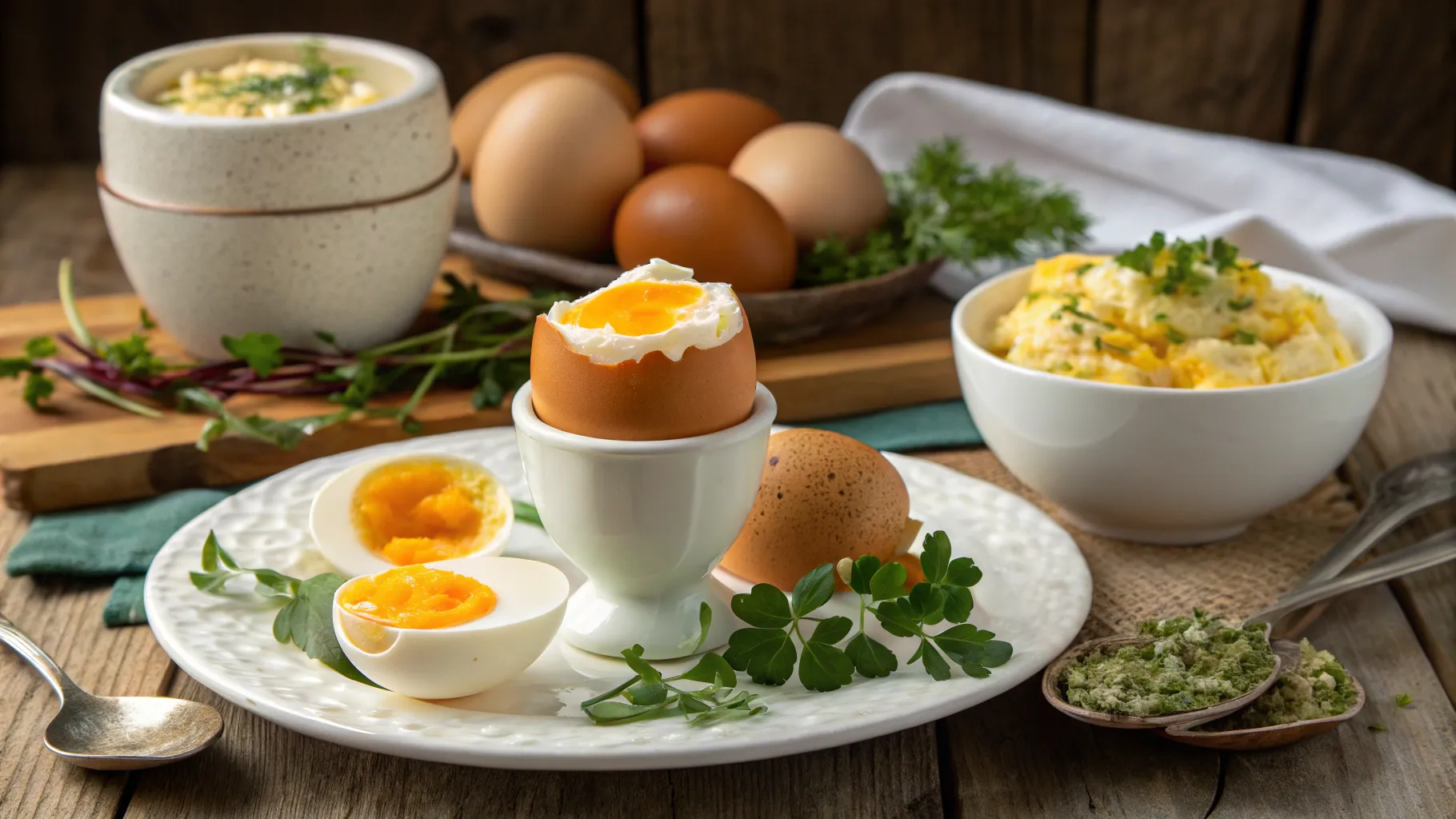
Cooking eggs is an art and a science, and Bon Appétit’s Emile Stanek takes us on a fascinating exploration of nearly every way to cook an egg. Whether you like them runny, firm, fried, steamed, or even pickled, this guide dives deep into the nuances of cooking eggs perfectly — or at least trying to. From classic recipes to wild experiments, here’s everything you need to know about cooking eggs, recipes, and the unexpected kitchen adventures that come with them.
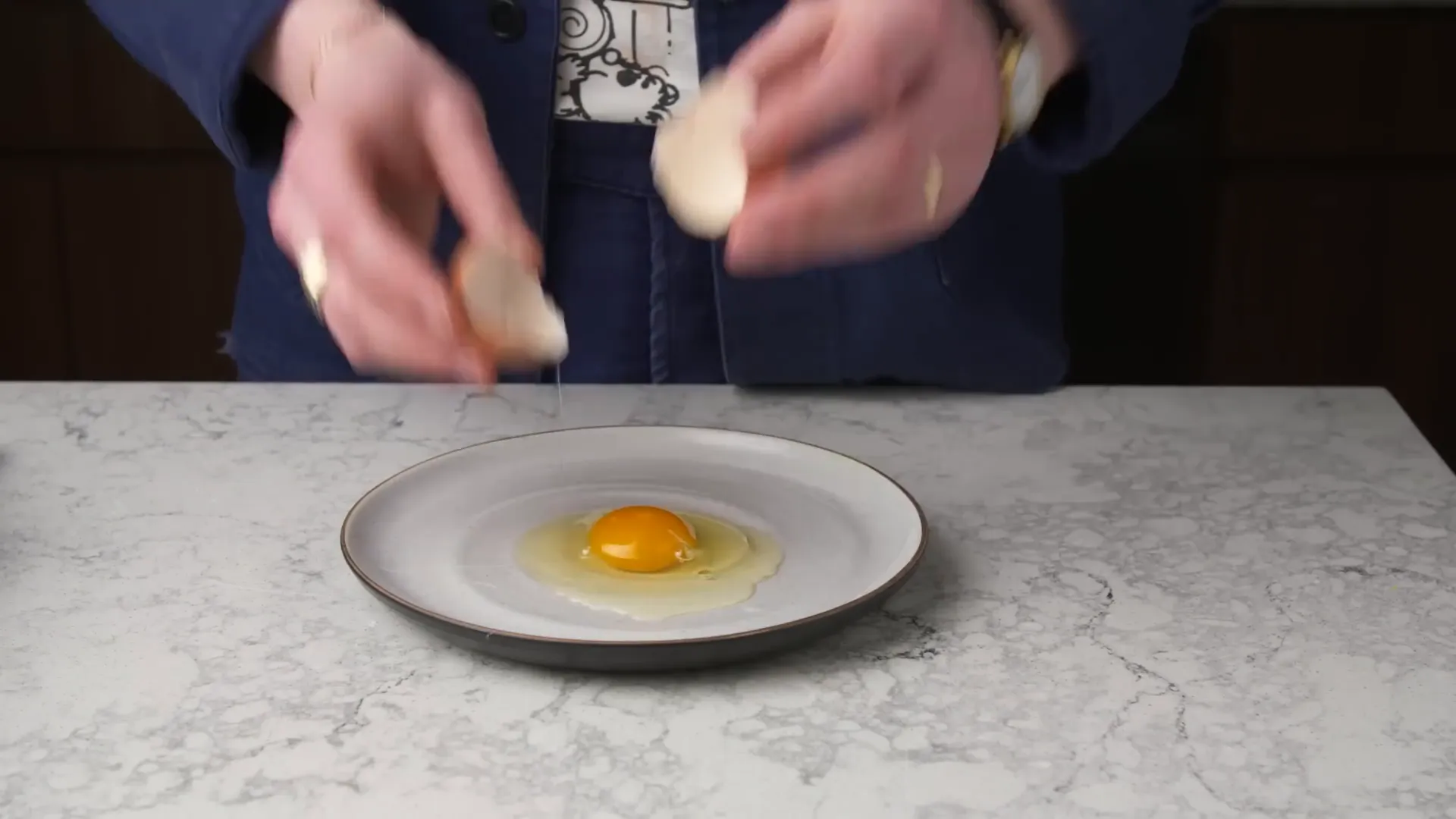
Understanding the Egg: The Basics
Eggs come in various colors and sizes, but for cooking consistency, large brown eggs are the go-to choice here. Inside, an egg consists of a runny white and a yellow-orange yolk, each containing proteins that harden at different temperatures. This means that even a slight change in temperature or cooking time can dramatically affect the egg’s texture and taste.
Raw and Uncooked: The Egg in Its Purest Form
Starting with the simplest and least cooked forms, raw eggs have their place in many dishes and drinks. A plain cracked egg into a glass, known as an “egg shot,” offers a unique texture but lacks flavor without seasoning.
Enhancing it with salt, Tabasco, and Worcestershire sauce transforms it into a prairie oyster, a hangover remedy that packs more flavor but leaves a lingering smell. Add some liquor, and you get an Amber Moon — a spicy, salty cocktail that’s as intense as it sounds.
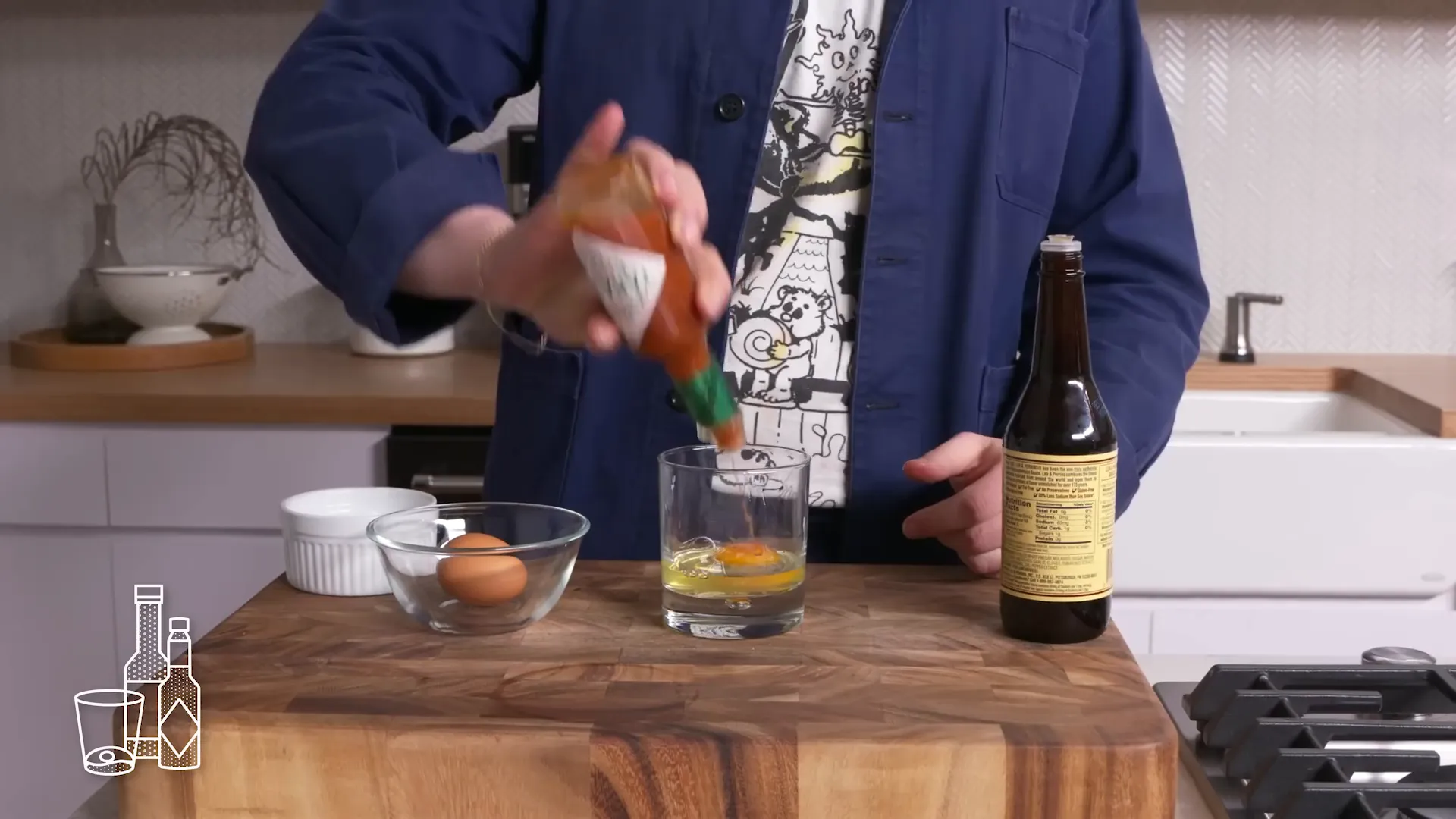
Classic Fried Eggs: From Sunny Side Up to Basted Perfection
The sunny side up egg is all about a runny yolk with tender whites, perfect for rice bowls or mushroom toast. No flipping, just a gentle cook until the white is set but not crispy.
For those who love crispy edges, frying eggs in olive oil over high heat creates a delightful contrast between lacy, crunchy whites and rich yolks. Taking it a step further, basting the egg with hot olive oil cooks the whites thoroughly while keeping the yolk runny — ideal for those who want safety with indulgence.
Steaming the olive oil fried egg by adding a splash of water and covering the pan results in a thicker yolk with crisp edges, a nice middle ground between runny and firm.
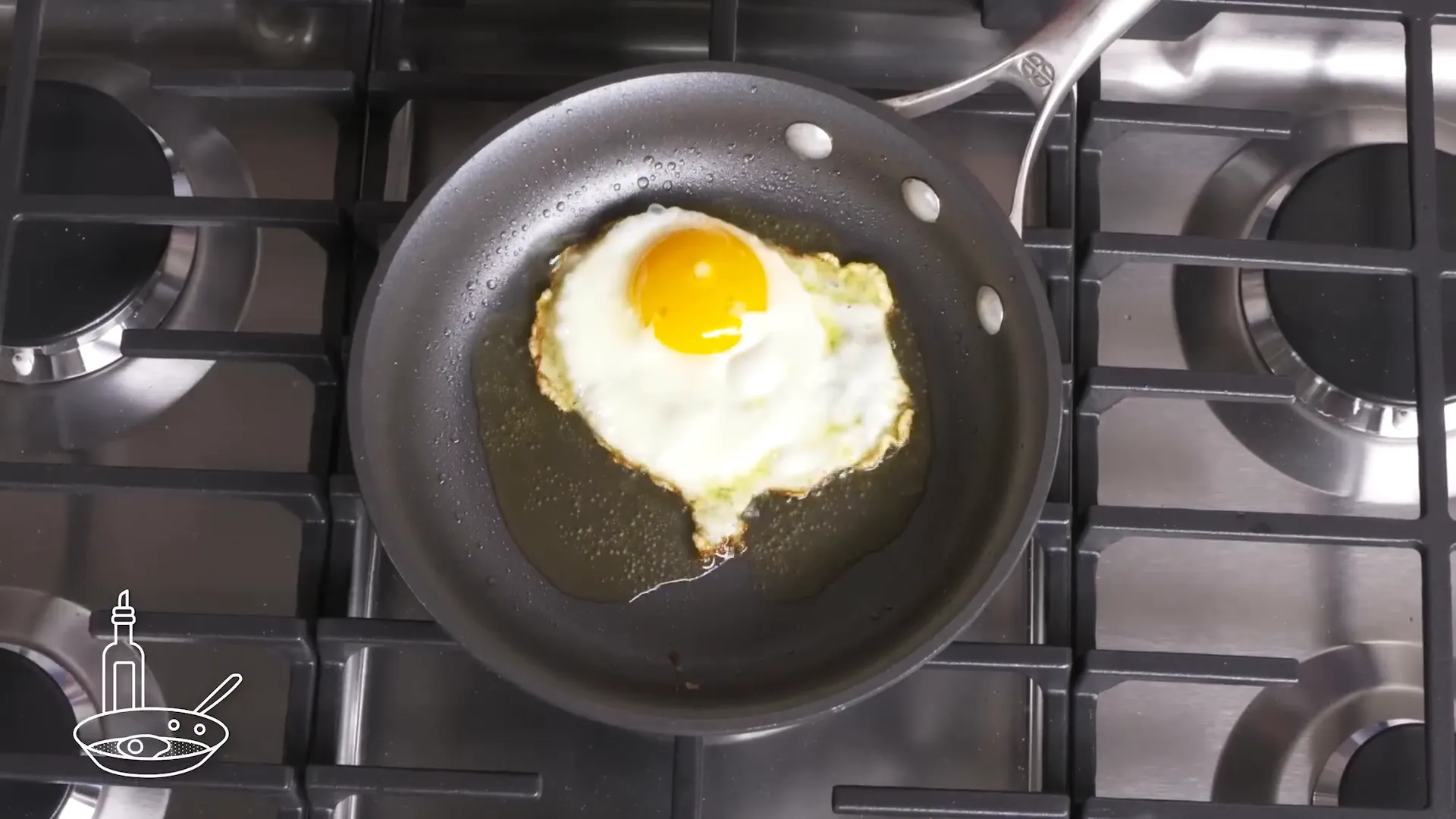
Over Easy, Medium, and Hard: The Diner Staples
By cooking eggs about two to three minutes on one side and varying the flip time, you get three textures:
- Over easy: Tender whites with barely cooked, runny yolks.
- Over medium: Thicker, slightly oozy yolks.
- Over hard: Fully cooked yolks, firmer whites, and a rubbery texture.
These classic diner eggs offer something for everyone’s preference.
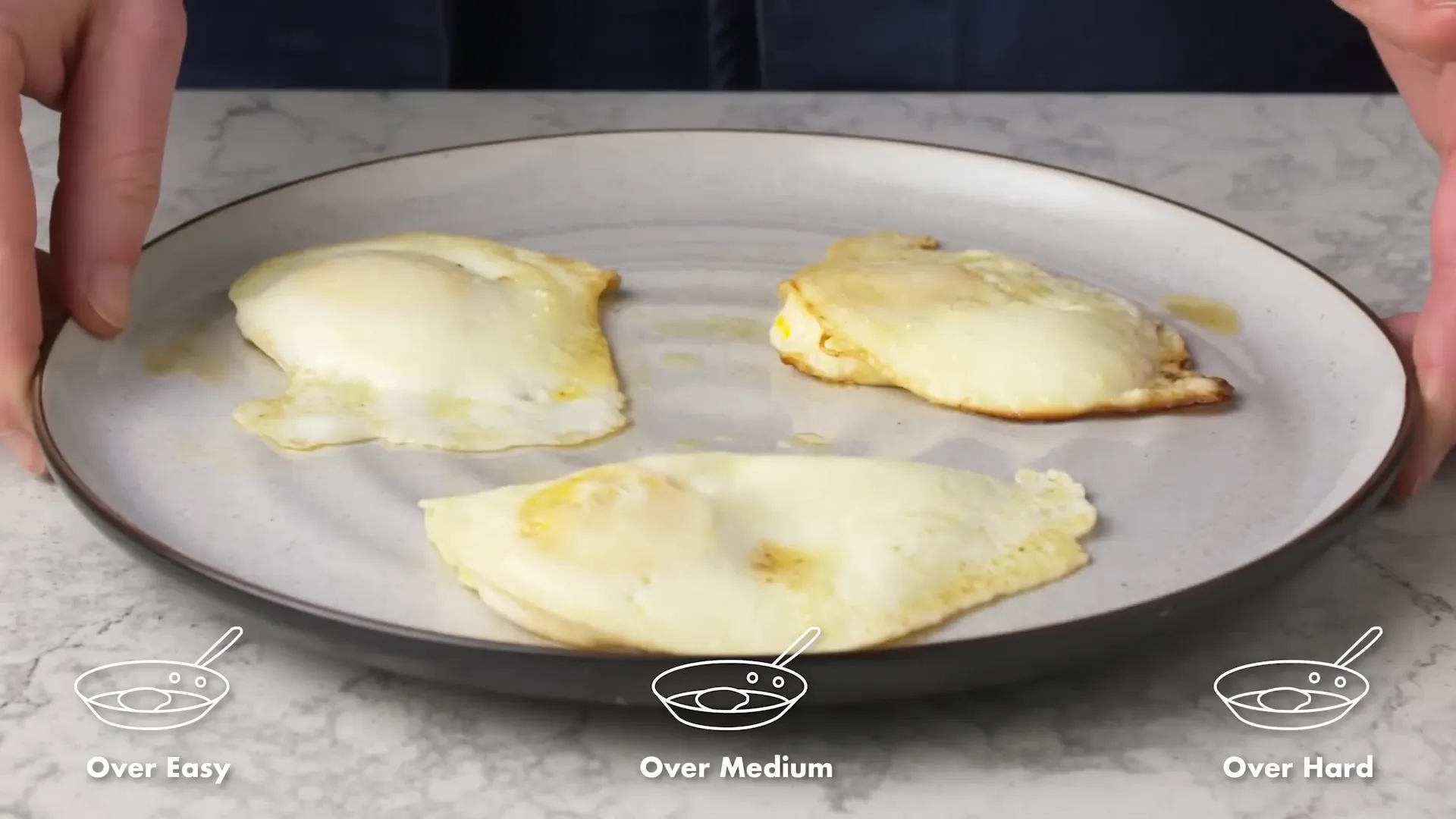
Scrambled Eggs: Three Styles to Suit Your Mood
Scrambled eggs come in many textures depending on how you cook them:
- Cracked and scrambled: Crack eggs directly into a pan and scramble slowly over medium-low heat, resulting in distinct bits with richer yolk and leaner whites.
- Low and slow scrambled: Beat eggs before cooking on low heat with constant stirring to create soft, curdy eggs reminiscent of ricotta or cottage cheese — creamy and luxurious.
- Hot and fast scrambled: Beat eggs and cook quickly over high heat, forming ribbons or sheets of eggs with a firmer texture perfect for toast.
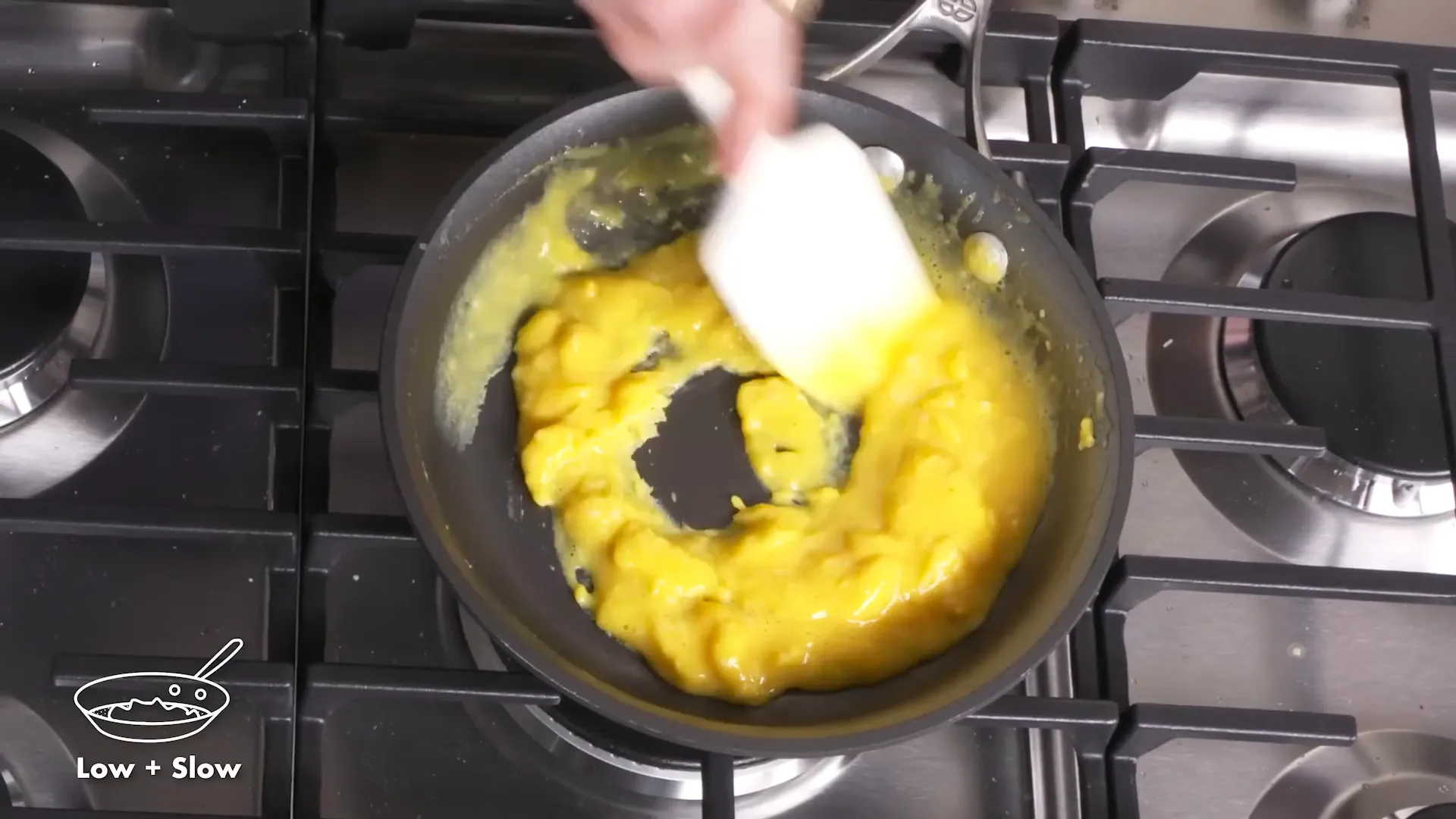
Boiled, Steamed, and Pressure Cooked Eggs
Boiling eggs at different times yields a range of textures:
- 5 minutes: Runny whites and completely liquid yolks, great for dipping toast.
- 6.5 minutes: Soft yolks with fully cooked whites.
- 8 minutes: Firm whites with jammy, non-chalky yolks.
- 10 minutes: Fully firm yolks with a slight orange hue, perfect for fridge snacks.
Steaming eggs offers a similar, sometimes more convenient alternative to boiling, especially since multiple eggs cook evenly in the steam.
Pressure cooking eggs in an Instant Pot, however, tends to overcook and take longer, making steaming or boiling better choices for most.
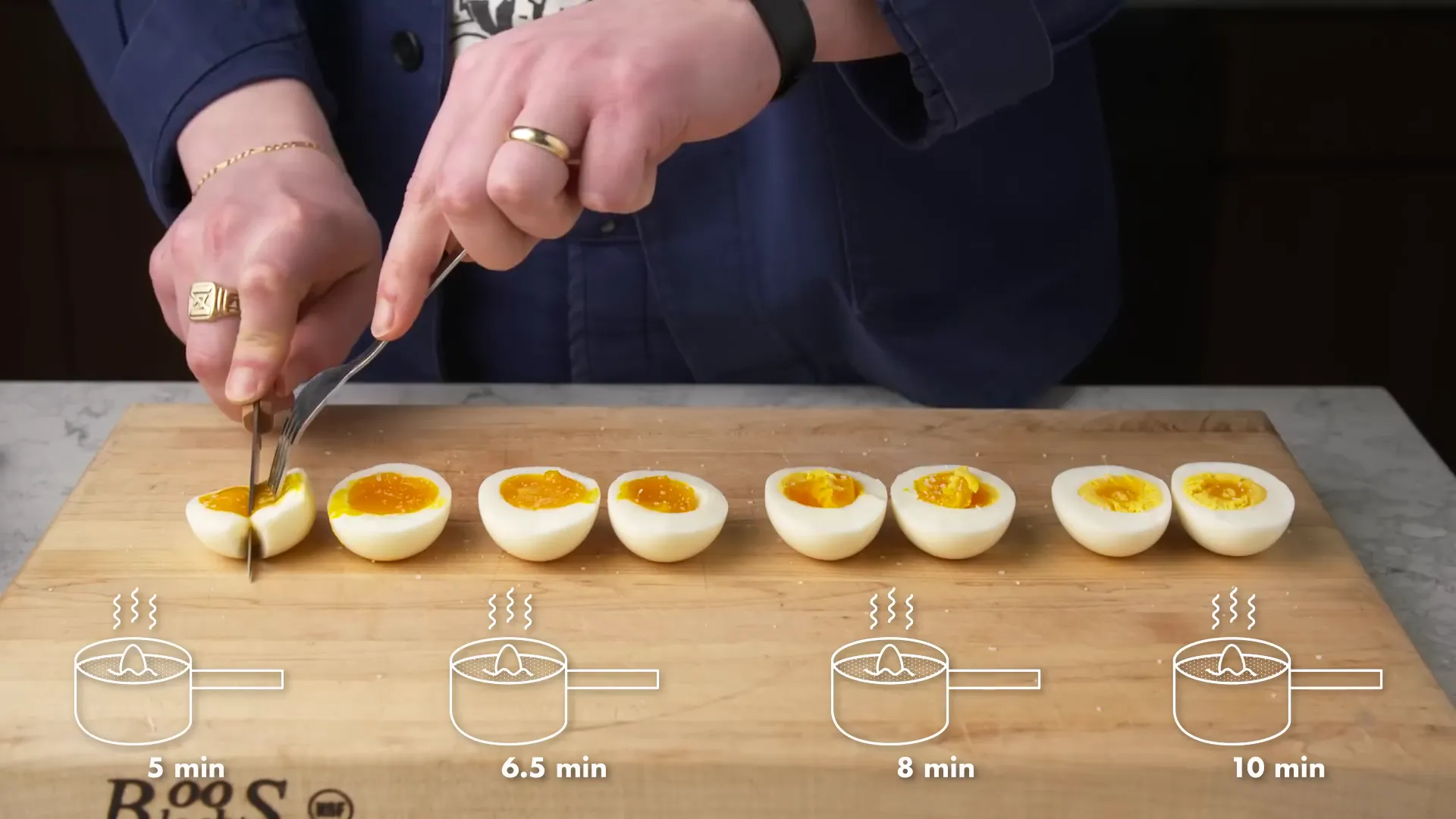
Sous Vide and Pickled Eggs: Precision and Preservation
Sous vide cooking involves immersing eggs in water at a precise temperature for a consistent texture. After 45 minutes, the egg becomes a wobbly, jelly-like delight — perfect if you love runny eggs.
Pickling eggs in a beet-infused vinegar solution adds sweetness and tang, making for a colorful and tasty picnic addition.
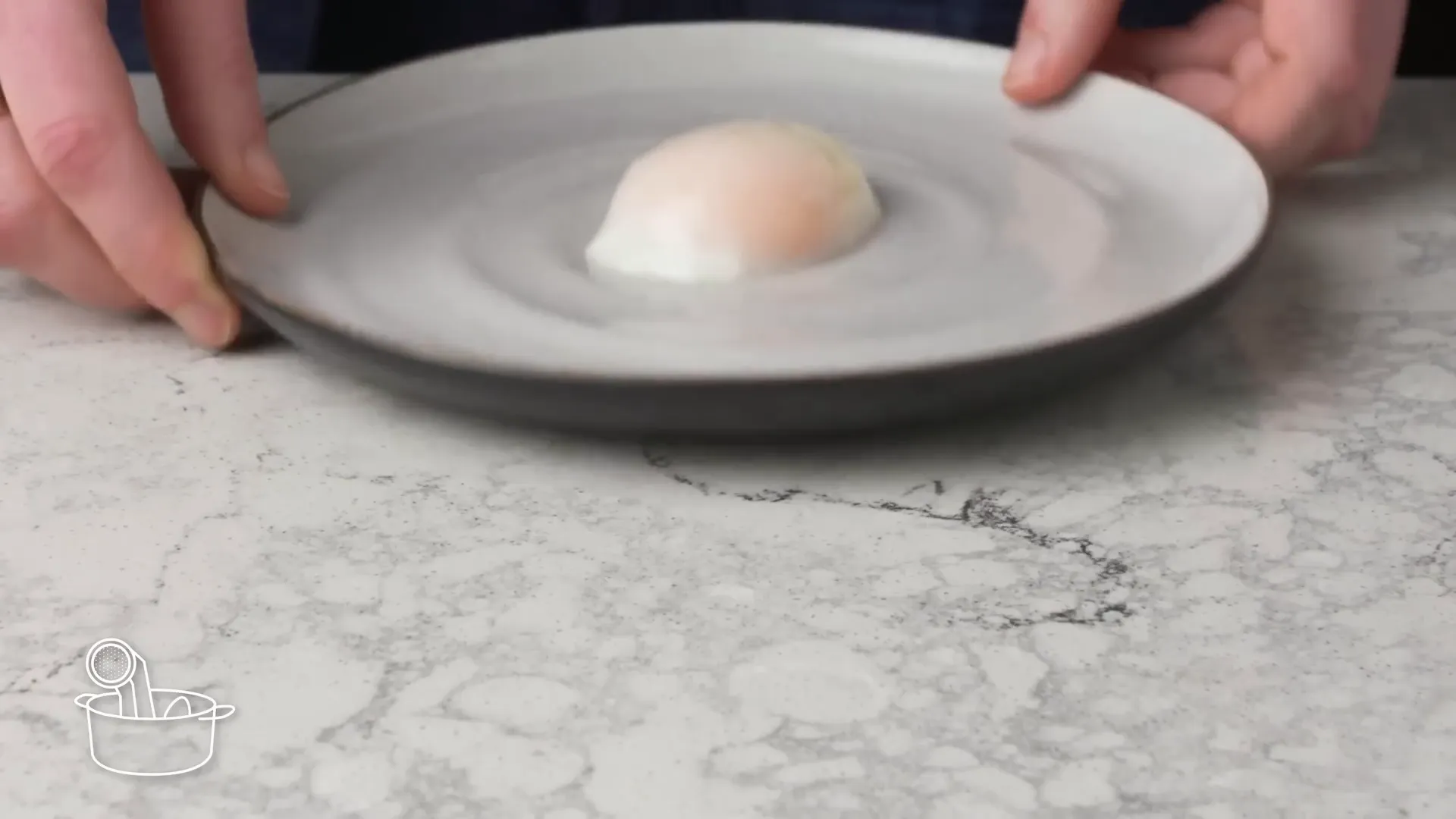
Poached Eggs and Flavorful Variations
The poached egg is a brunch favorite, cooked gently in barely simmering water with the help of a vortex to keep whites tidy. The ideal poached egg has fully cooked whites and a yolk that bursts like a water balloon.
Cooking eggs in tomato sauce adds flavor but can yield uneven cooking due to the sauce’s inconsistent heat conduction.
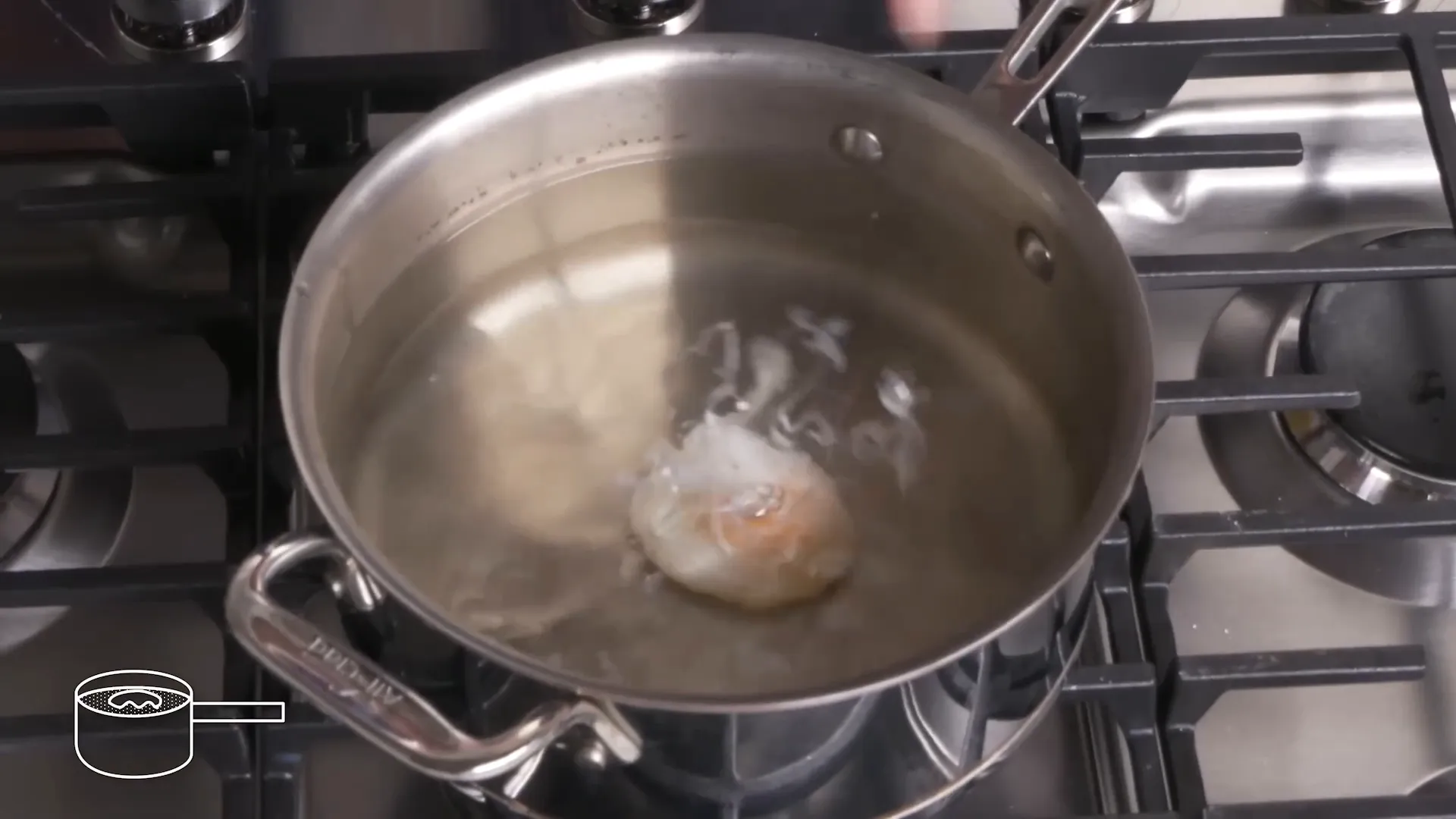
Microwaves and Unconventional Appliances: When to Say No
Microwaving scrambled or poached eggs might save time but usually results in unappetizing textures and flavors. Similarly, cooking eggs on a George Foreman grill or in a waffle iron produces fully cooked but uninspiring eggs.
Blow torches, too, are ineffective and unsafe for cooking eggs evenly.
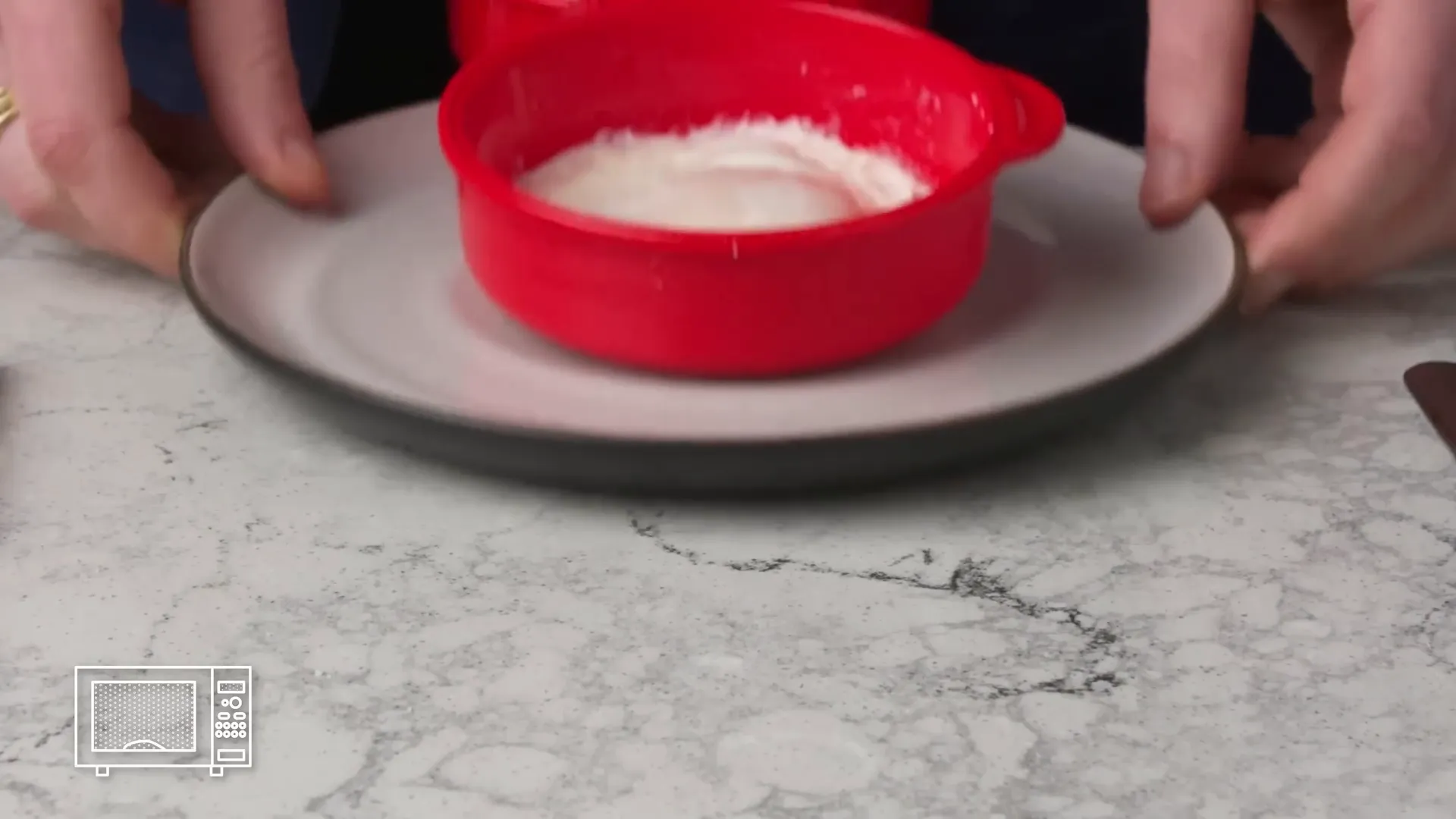
Omelettes and Egg Custards: From Diners to Delicate French Techniques
Diner-style omelettes are quick and perfect for fillings like ham, peppers, and cheese. French omelettes, cooked slowly over low heat with constant stirring, are delicate, creamy, and all about the egg itself.
Soufflé omelettes separate whites and yolks, folding fluffy whites into yolks to create a large, airy omelette with a light, cakey texture.
Cloud eggs, a trendy Instagram favorite, deconstruct the egg by baking whipped whites and adding the yolk later for a visually striking and light dish.
Chinese-style steamed egg custard blends eggs with chicken stock and soy sauce, steamed gently to a silky, custard-like texture that’s perfect with sesame oil and scallions.
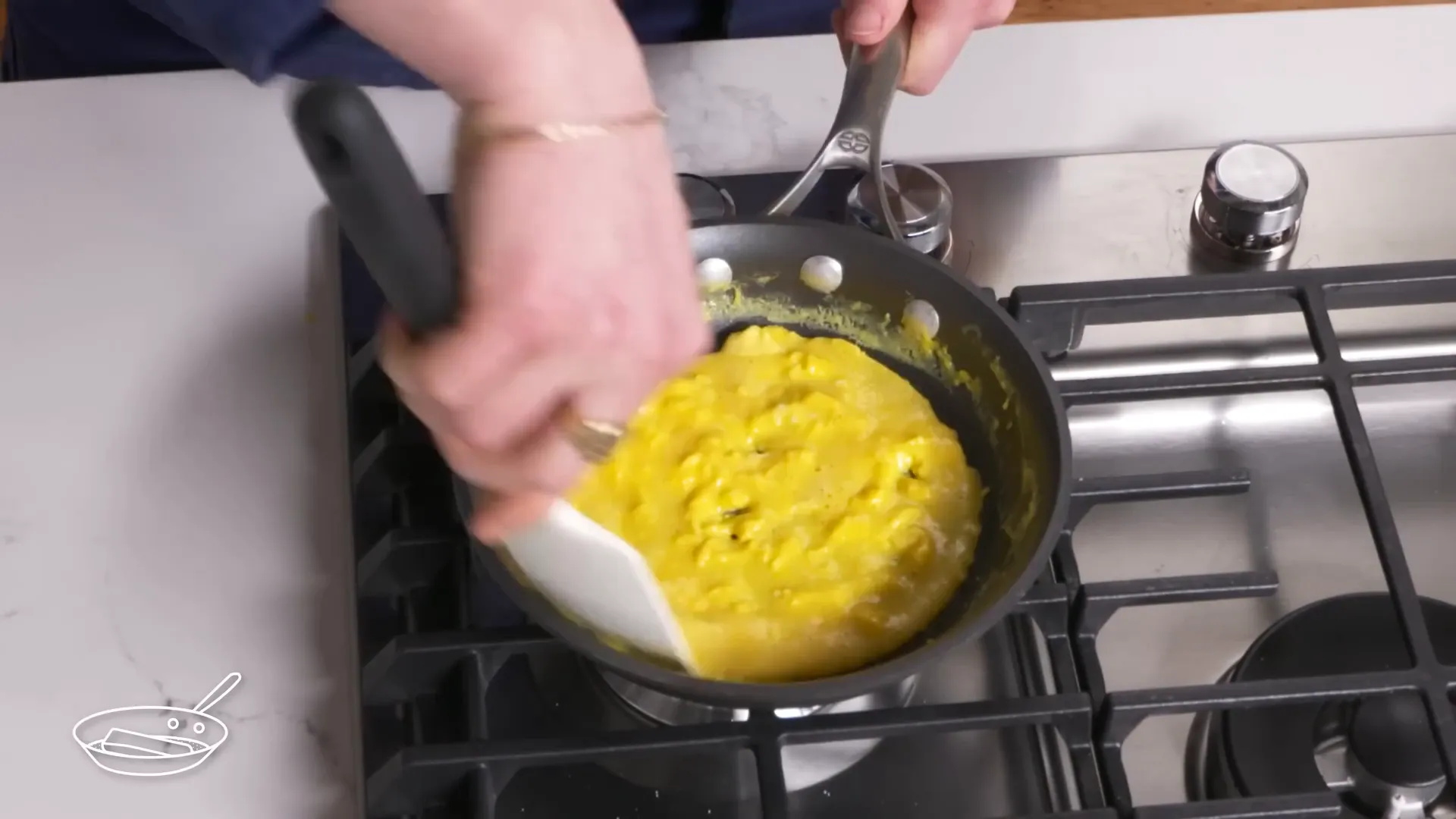
Eggs in a Pot: Coddled, Shirred, and Air Fried
Coddled eggs are gently cooked in a small jar with cream submerged in hot water, resulting in a delicate texture perfect for dipping toast.
Shirred eggs bake in a ramekin until set but still slightly oozy, while air fryers cook eggs with a rubbery but tasty texture, though they take longer than traditional methods.
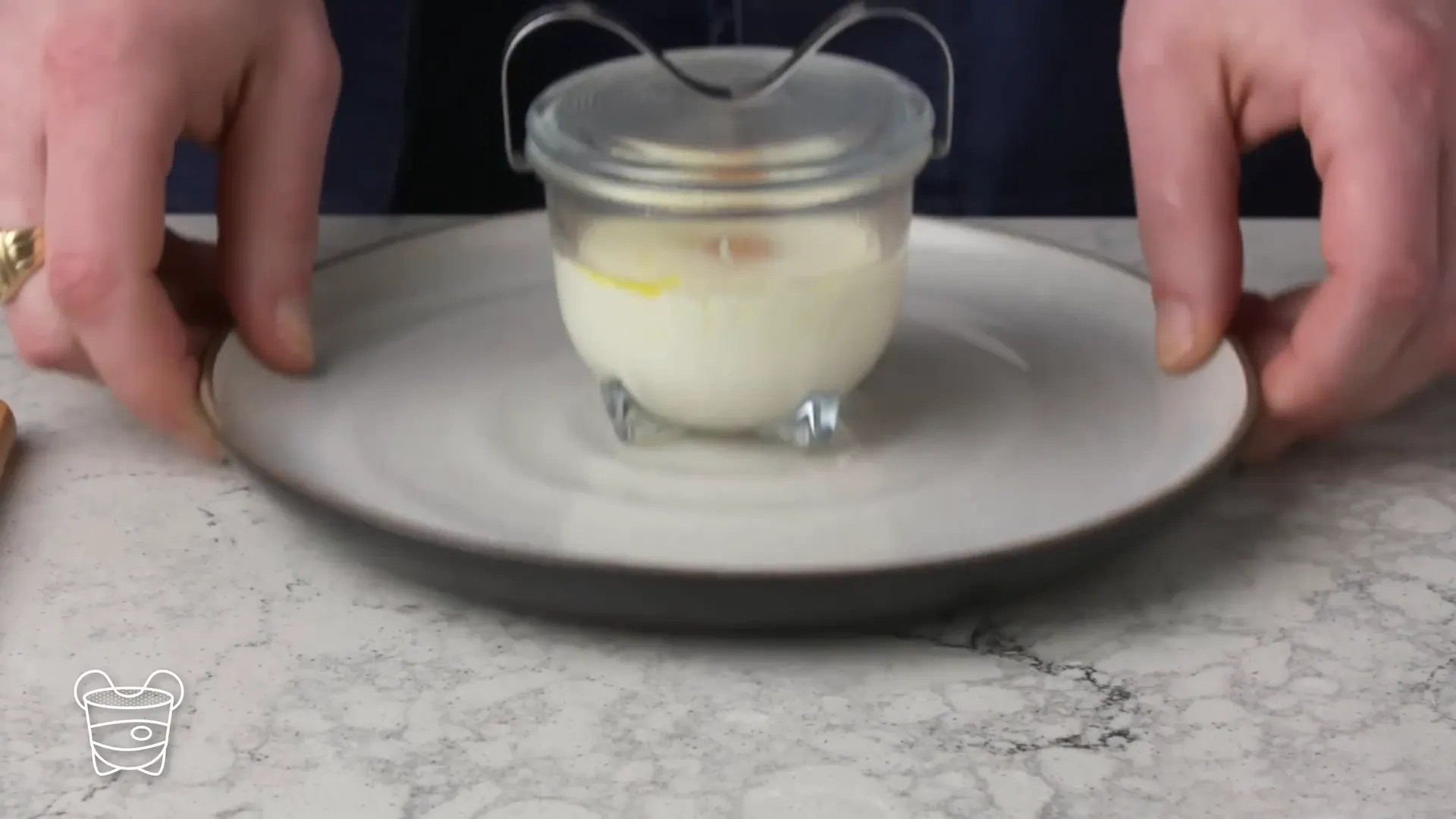
Deep Fried, Dehydrated, and Frozen: Extreme Egg Experiments
Deep frying an egg creates a jellyfish-like texture with crispy edges and surprisingly good flavor — a potential new favorite.
Dehydrated eggs, often used for camping, turn into fried cheese-like slabs but are not practical for everyday cooking.
Freezing eggs on a skewer to create “egg popsicles” is an Instagram-worthy but unappetizing experiment.
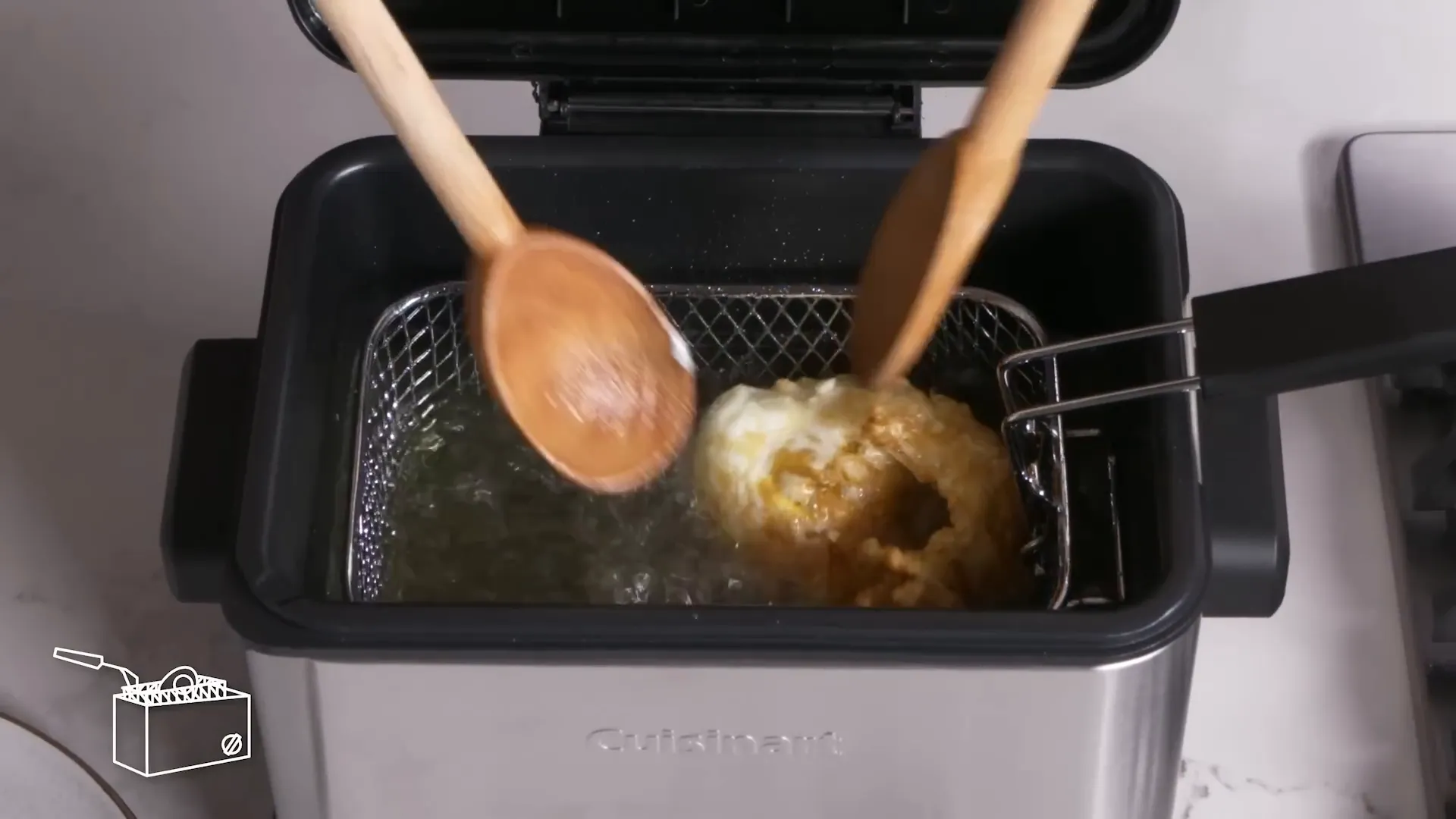
Kitchen Gadgets and Novelty Cooking Methods
- Dishwasher eggs: Surprisingly, eggs cooked in a dishwasher come out edible with an unusual texture — a quirky cooking hack.
- Rice cooker eggs: Crack an egg on freshly cooked rice and steam it for a nutty, delicious topping.
- Egg cookers: These UFO-shaped gadgets steam eggs effectively but are not essential kitchen tools.
- Growly cooked eggs: A bizarre Amazon gadget that produces eggs with an unpleasant flavor and texture — avoid.
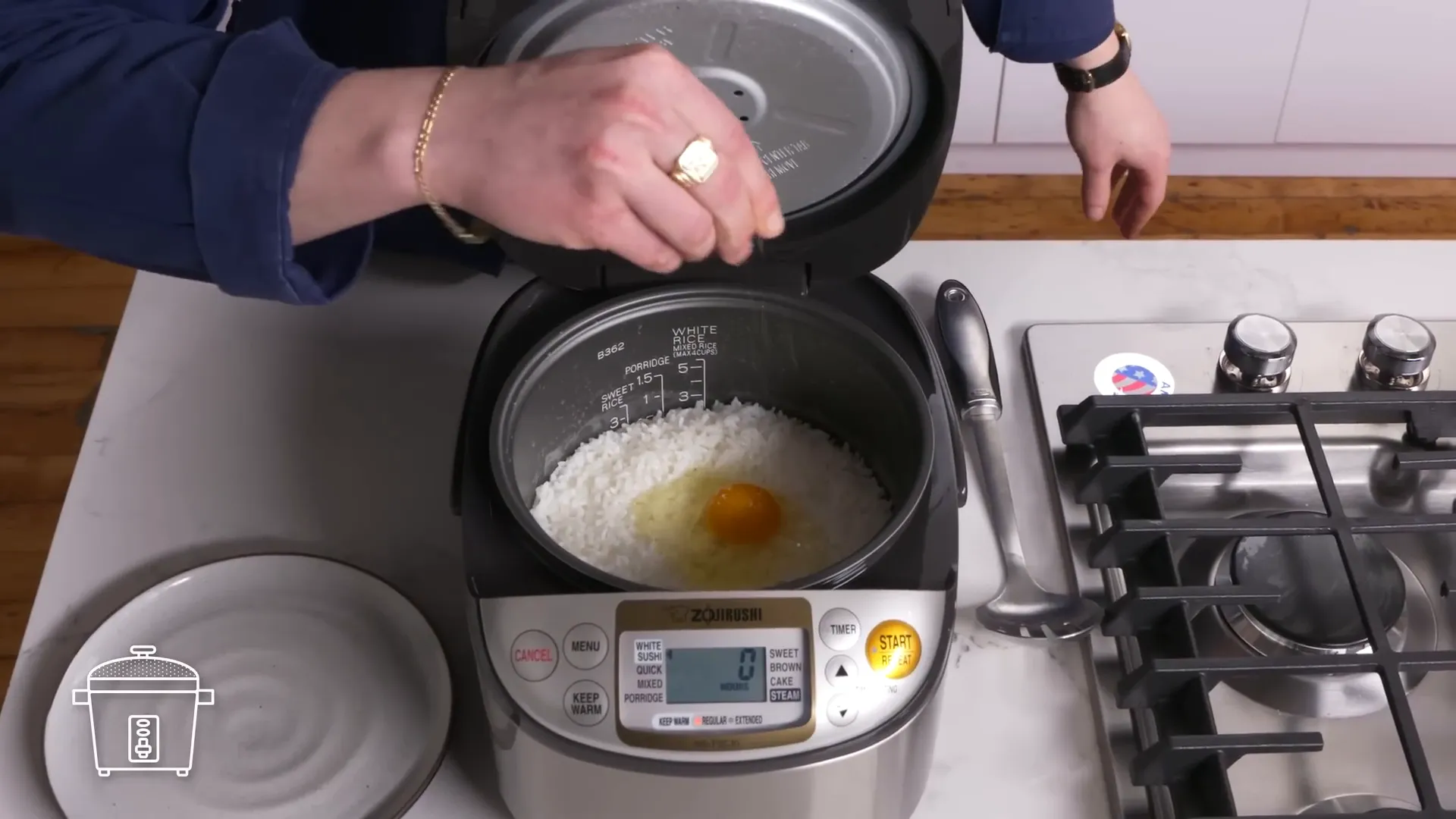
Oven Hacks and Eggs in Broth
Oven-baked eggs can mimic boiled, poached, or scrambled eggs but often don’t match the convenience or taste of traditional methods.
Cooking eggs in seasoned chicken broth creates delicate ribbons of egg floating in rich, flavorful broth — a comforting and elegant dish.
Outdoor Egg Cooking: Grills, Campfires, and More
Grilling eggs in their shells over a gas grill or smoking them with indirect heat infuses smoky flavor but risks uneven cooking or overcooked textures.
Cooking eggs in a cast iron pan over a campfire yields a smoky, delicious fried egg with beautifully browned edges.
Foil packet eggs on a fire puff up oddly and smell unpleasant, while burying eggs directly in hot coals results in explosions — definitely not recommended.
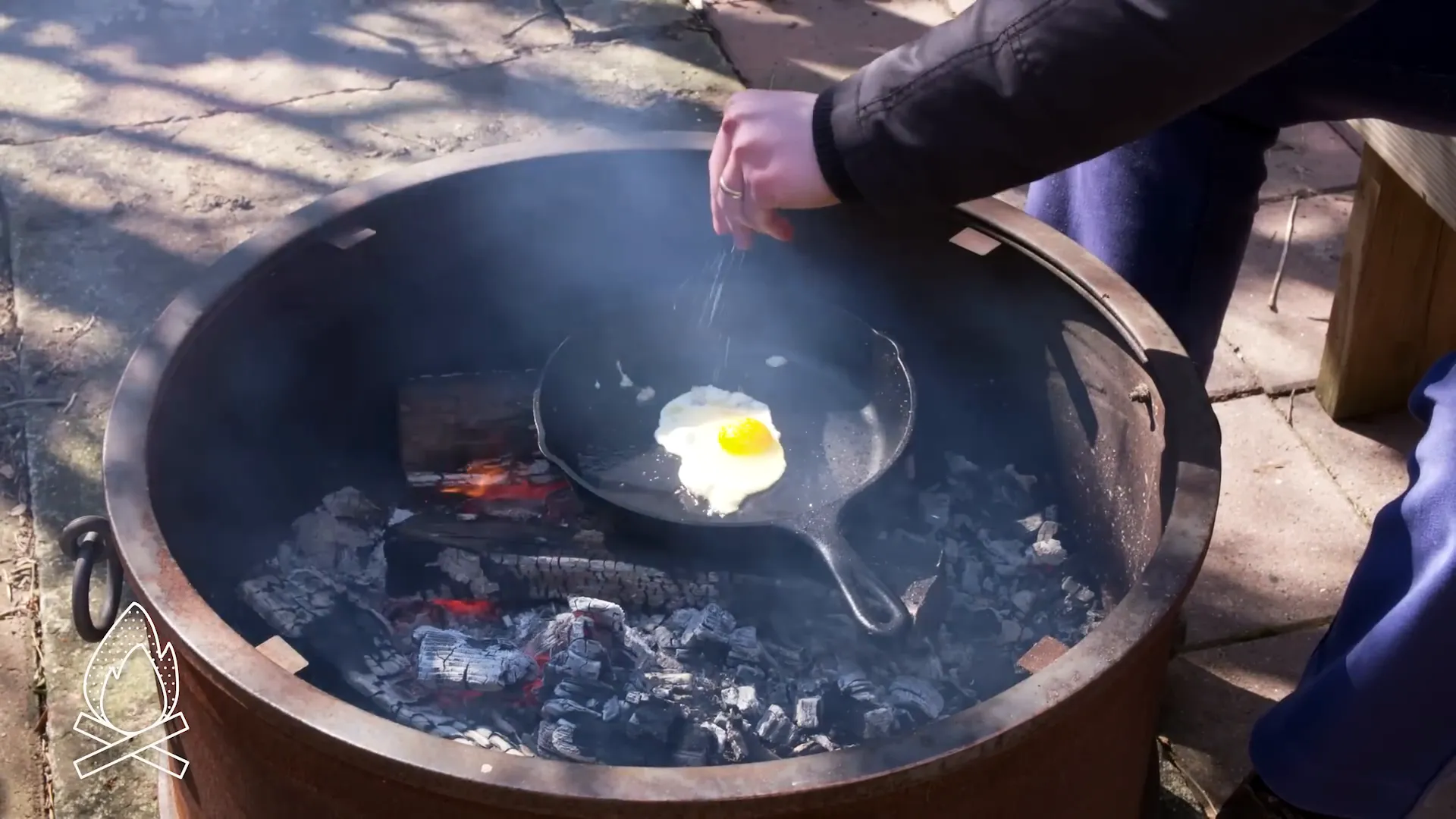
Unusual and Futuristic Egg Cooking Attempts
- Sauna cooked eggs: An amusing attempt that results in no cooking due to low temperatures.
- Engine cooked eggs: Using car engine heat slightly cooks the egg but is impractical.
- Solar oven eggs: A slow and uncertain method that may work under intense sun but failed here.
Final Thoughts on Cooking Eggs
Eggs are endlessly versatile, and even the smallest changes in cooking time or temperature can transform their texture and flavor. Classic methods like frying, boiling, scrambling, and poaching remain foolproof favorites, while many novel or gadget-driven techniques don’t quite measure up. Whether you prefer your eggs runny, firm, or somewhere in between, there’s a perfect cooking method out there for you.
So, the next time you crack an egg, consider experimenting with one of these methods — but maybe skip the dishwasher or engine block. And if you have your own unique egg cooking hacks, don’t hesitate to share them with fellow egg enthusiasts!
This article was created from the video Every Way to Cook an Egg (59 Methods) | Bon Appétit with the help of AI.
Every Way to Cook an Egg: A Delicious Journey Through 59 Methods by Bon Appétit. There are any Every Way to Cook an Egg: A Delicious Journey Through 59 Methods by Bon Appétit in here.
